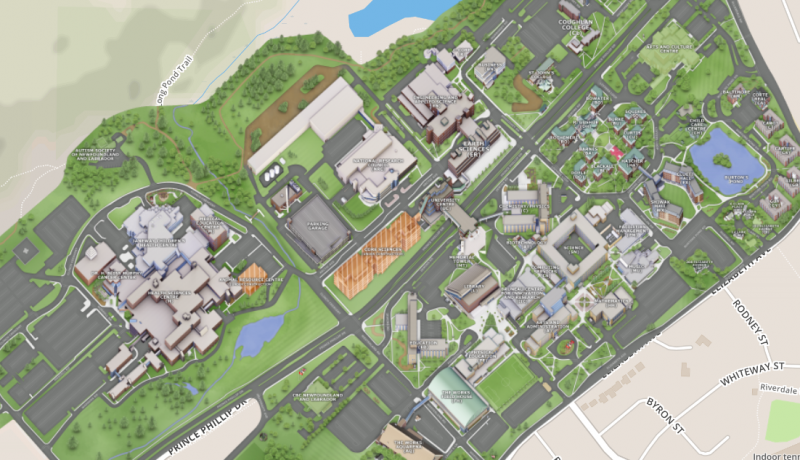Frequently Asked Questions
1. Why is the Core Science Facility needed?
The Core Science Facility (CSF) will provide quality research and laboratory teaching spaces primarily for the Faculty of Science and the Faculty of Engineering and Applied Science, as well as collaborative spaces for students of various faculties. Existing campus facilities have reached the end of their design life cycle to support state-of-the-art science and research. The shortage of appropriate facilities is challenging the ability of the Faculty of Science to carry out its modern science-based mandate. The new infrastructure will also support the Faculty of Engineering and Applied Science’s growth in undergraduate, graduate and research activities as a response to provincial priorities, with plans to double the faculty enrollment by the year 2020.
These facilities are needed to enable the university to recruit and retain world-class faculty who will provide the best education for undergraduate and graduate students. This will also enable the university to significantly increase external funding for research through the introduction of shell space and its facilitation of partnerships between Memorial and with industry partners. A major outcome of this strategy will be the educational opportunities for young people of the province and the creation of an environment that will generate jobs both directly in the university setting and in the spin-off potential through expansion of current businesses, or development of new business opportunities.
2. Where is the Core Science Facility located?
The Core Science Facility is located on the corner of Arctic Avenue and Clinch Crescent, next to the University Centre on the north side of campus.
3. When will the Core Science Facility open?
The Core Science Facility will be open in September 2021.
4. Who will occupy the Core Science Facility?
The research and teaching space will be occupied primarily by the Departments of Biochemistry, Biology and Chemistry in the Faculty of Science, the Department of Electrical and Computer Engineering in the Faculty of Engineering and Applied Science and labs from the Core Research Equipment and Instrument Training (CREAIT) Network. The building will also contain Technical Services’ Cryogenics Facility, the Faculty of Science’s Central Stores Facility and an Aquatics Facility that is part of Memorial University’s Animal Care Facilities.
5. How big is the Core Science Facility?
The total gross floor area is 480,000 square feet; covering research labs, teaching labs and other teaching and support spaces, including faculty and student collaboration space. Shell space (enclosed but not finished) is also available for research partnerships with private industry.
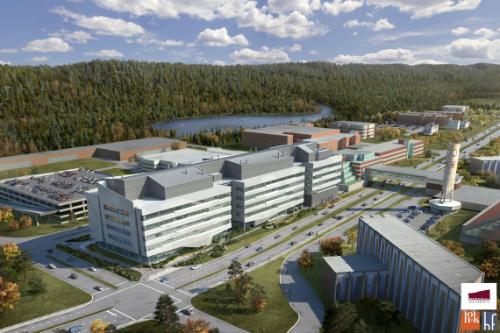
6. How is the Core Science Facility being paid for?
The Core Science Facility's global project budget is $325 million. Memorial will contribute $200 million: $25 million from the Memorial University Matching Fund and $175 million from a borrowing program. The Government of Canada, through its New Building Canada Fund, is providing support of $99.9 million with the remaining $25.1 million being provided from the Government of Newfoundland and Labrador.
7. Who is building the Core Science Facility?
The Core Science Facility is being built in three different construction packages:
1.Enabling Works
Period: March 2015 – January 2016
Contractor: Baraco
2. Foundations
Period: September 2015 – September 2016
Contractor: Pomerleau
3. Main Building
Period: April 2017 – August 2020
Contractor: Marco Services Limited
8. Is there a blue whale skeleton going in the Core Science Facility?
In 2014, the university acquired a blue whale that washed ashore in Rocky Harbour, NL. Since then, the university has been working in partnership with the Royal Ontario Museum (ROM) to prepare the skeleton for display in the Core Science Facility. The whale will be suspended from the ceiling as a feature element of one of the atria.
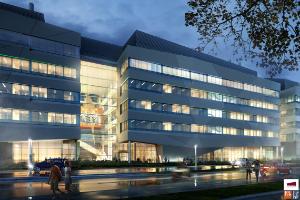 |
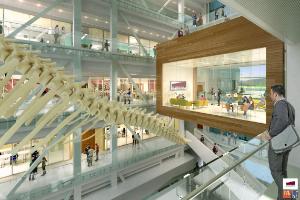 |
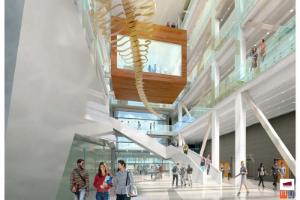 |
9. How will the shell space be used?
The Core Science Facility’s shell space will be used for university-industry collaborations. This will increase external funding for research and lead to expanded industry partnerships. A major outcome of this strategy will be the educational opportunities for young people of the province and economic benefits for the university and community.
At present, the Ocean Frontier Institute (OFI) has been announced to occupy part of the Core Science Facility shell space. Learn more about the OFI in this Gazette article: Excitement mounting: Memorial and province set to benefit from Ocean Frontier Institute.
The university is actively seeking new partners for the shell space. Please contact us if you would like more information.
10. Can I/my organization support the project?
If you or your organization are interested in supporting the Core Science Facility project, please contact our development group. You can also check out the university’s Naming Policy.
